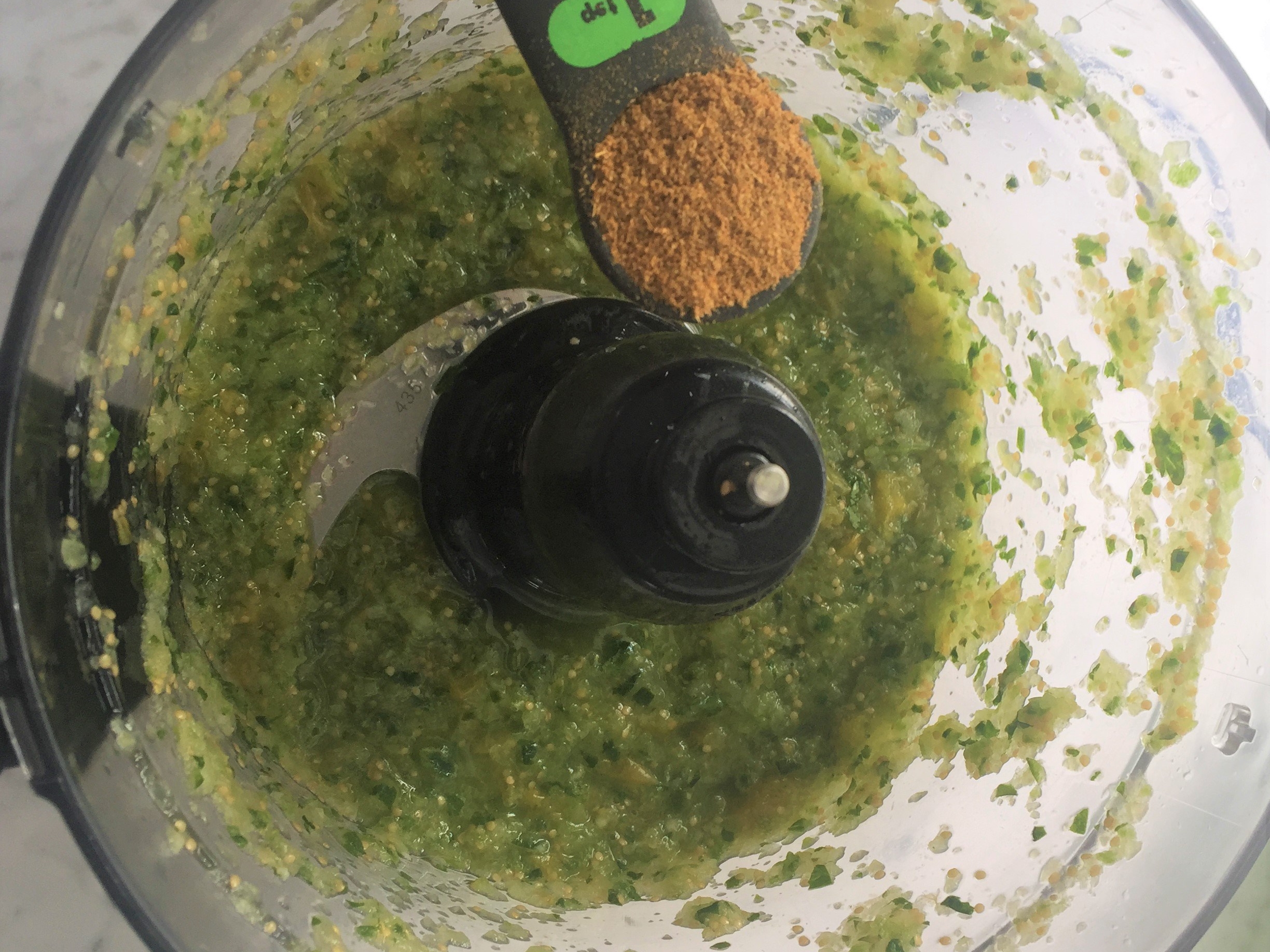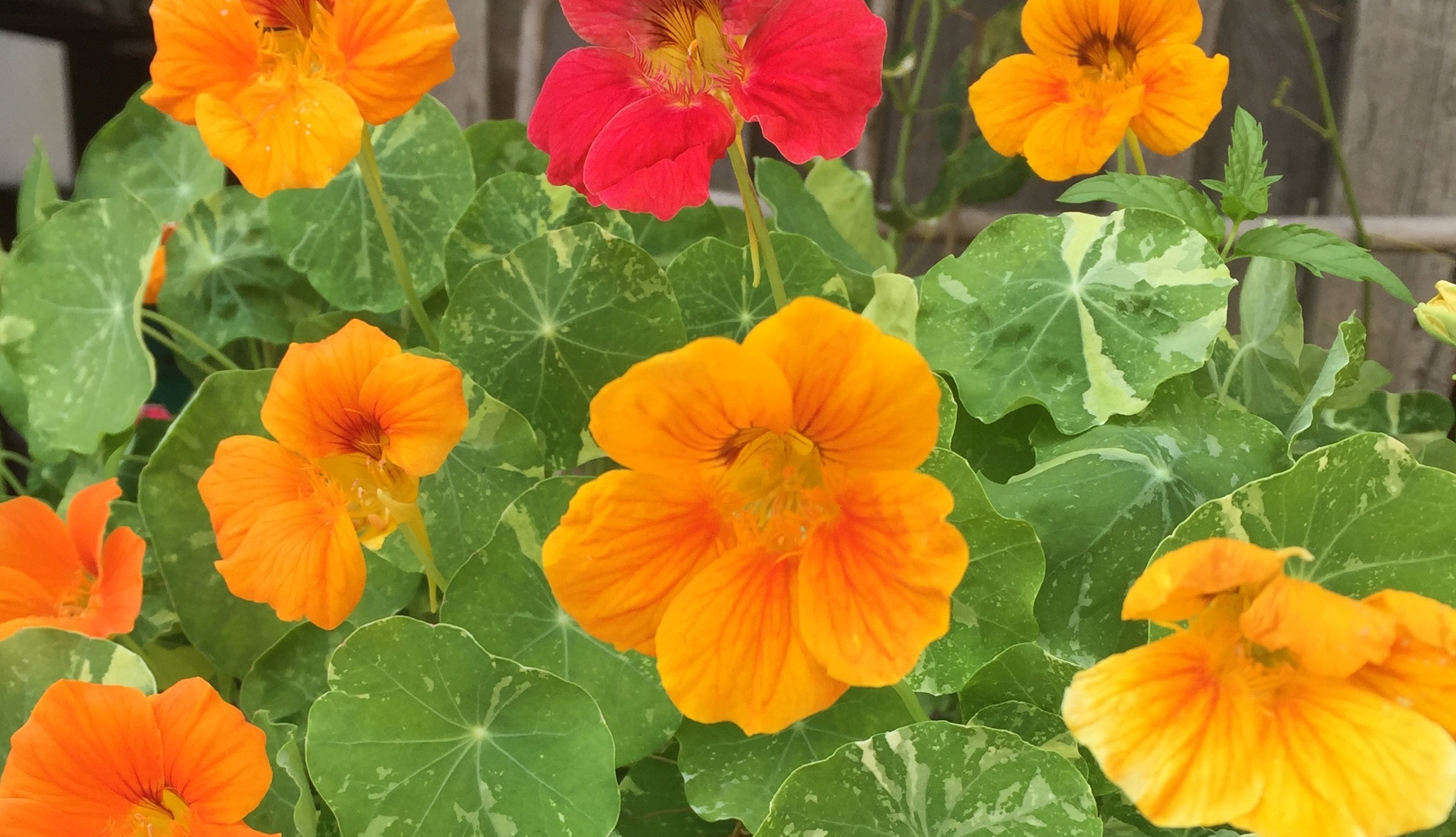
Everyone loves an adorable baby, especially when that sweet little cutie is a baby herb seedling. Enjoy these pictures of all of the little babies growing in my kitchen window herb garden.
Keep reading, I’ll reveal my choice for cutest of the cute.
Genovese Basil

Basil babies have a soft, round look to them, like chubby little cheeks.
Oregano

A tiny little choir of oregano seedlings grew from itty-bitty black seeds.
Spinach

Nature is so funny. Would you believe these lanky green shoots turn into oval spinach leaves? Check out the little curly ends, awww.
Catnip

My catnip took so long to sprout, it’s still just emerging from its sleep. One miniature sproutling is just popping through.
Tomatillo

They’re not just any ordinary tomatillo. These baby herb seedlings are going to grow into purple tomatillos!
Parsley

Something about the leaves on a crowd of baby parsley reminds me of a flock of birds. Or at least, the way I draw them as V’s.
Bay leaves

Wee baby bay leaves…it should be a nursery rhyme. I love plants that start as tight buds. One day, they burst into an explosion of little leaves. I cheated a little with this one. It’s not a baby herb seedling, just baby leaf buds.
Ground cherries

You all know I’m partial to ground cherries. I created a salsa recipe featuring ground cherries instead of tomatoes, so unexpected. If I didn’t harvest these seeds myself from some ground cherries I picked up at this farm stand, I would not recognize this bowtie-shaped baby herb seedling.
Cilantro
So easily confused with baby parsley, cilantro leaves are more full and less spikey on the ends. They look like tiny little fans as they begin to form. Cilantro babies sprout in pairs; in other words, they’re twins!

Nasturtium

I confess. I have a favorite baby. It’s a nasturtium seedling. Every time I find one coming up in the garden, it makes me smile. Every. Time. Baby nasturtium leaves look like a little duck landed head first in the dirt with her feet up in the air. Too cute.

Newborn kale is pretty cute, too, but we’ll have to wait until I can do a feature on herb babies of the outdoor garden in May!
How about you? Do you have a favorite baby herb seedling? Leave a message in the comments.












































 Close enough pronunciation: “Bore-uhge”
Close enough pronunciation: “Bore-uhge”

